Link to my review and measurement index thread where one can also find a full review overview, more information about myself as well as my general-ish audio and review manifesto: https://www.head-fi.org/threads/956208/
I only give full stars. My ranking/scoring system does not necessarily follow the norm and is about as follows:
5 stars: The product is very good and received the "highly recommended" award from me.
4 stars: The product is very good and received the "recommended" award from me.
3 stars: The product is good/very good, but not outstanding/special enough to get any of my two awards. ["Thumbs Up"]
2 stars: The product is only about average or even somewhat below that and somewhat flawed/flawed in some areas. [neither "Thumbs Up" nor "Thumbs Down"]
1 star: The product is bad/severely flawed to outright bad. ["Thumbs Down"]
Anew U1
Source:
Review sample.
Miscellaneous:
The placement of the vent hole that most dynamic driver in-ears have (one counterexample are the Shure SE215 that have got closed, unvented shells) and that is used by in-ear manufacturers to control the bass levels (either the sub- or midbass, depending whether it is located if front of or behind the driver) is done very cleverly as it is not in the front but instead on the side of the shells wherefore the likelihood that the vent is covered after inserting the shells into one’s ears, which would either increase (front cavity vent) or decrease (rear cavity vent) the bass quantity, is reduced.
The ear tip selection is good, however quality control doesn’t seem to be Anew’s strongest point since some of the included tips arrived already damaged.
Quite surprising is that no storage solution is supplied – nothing at all, not even a basic pouch. This is clearly not appropriate for the price; for more than 100$ I definitely expect to find a storage case or pouch included with the in-ears.
As sort of a compensation, the cable that is included is of really high quality, doesn’t lack a chin-slider and is almost as attractive as the one used by iBasso on the IT01 (in fact the U1s’ 3.5 mm plug and y-splitter are even somewhat more attractive).
One dynamic driver per side.

Sound:
Largest included silicone ear tips.
Tonality:
W-shaped but not executed well.
The bass starts to rise around 500 Hz and reaches its climax way down in the sub-bass around 40 Hz with about 11 dB in quantity compared to an in-ear with a diffuse-field flat bass tuning (Etymotic ER-4S and ER4SR), therefore the tunings avoids any warm spillage into the midrange. Overpowering, strong upper bass punches are also avoided as a result and the lows are really rather sub-bass-centric.
When it comes to warmth, the Shure SE215m+SPE have got the most, followed by the iBasso IT01. Then come the U1 that have got the least amount of warmth
The midrange is a double-edged sword. It’s clearly emphasised, to a degree where the sound in the central frequency range is noticeably “in your face” and mid-centric. This can become exhausting after longer listening sessions, and this also leads to a quite unnatural presentation at times.
Sometimes that midrange emphasis with the present presence range works really well and highlights vocals, whereas sometimes it is totally out of place and makes voices sound nasal and way too present. Clearly this is not a natural nor universal tuning-
Unfortunately it doesn’t get all that much better above that.
While the 3 kHz dip is welcome as it makes the overly present midrange and what comes above that at least somewhat more acceptable and tolerable on tracks where the tuning doesn’t work well, the pronounced 5.3 kHz peak makes the highs sound plasticky and metallic when a note hits that frequency band, and there is another one at 10 kHz. The upper of the peaks is not as problematic though as it’s thankfully placed high enough and has a softer character to it (cymbals aren’t harsh but even tend to be on the softer side).
Super treble extension above 10 kHz is flawless.
About half of the time the tuning works and feels vibrant and lively, and highlights several aspects of a song positively. The other half of the time it is just way out of place and plasticky; anyway it’s clearly no natural or realistic tuning, and that midrange emphasis and especially 5 kHz peak are mainly responsible for that. Due to that, it is highly unlikely that the U1 will remain as someone’s everyday in-ears but rather end up as a soon forgotten flavour of the month when the initial excitement of the plasticky tuning has faded away – for in-ears with a fun-oriented but still realistic and natural enough tuning, there are just so many much better alternatives available.
Frequency Response:
 ER-4S-Compensation
ER-4S-Compensation
 ProPhile 8-Compensation
ProPhile 8-Compensation
Resolution:
Decent and capable but clearly held back by the tuning.
Fairly clean and tight bass for dynamic driver standards without any real softness or muddiness. About comparable to that of my Shure SE215m+SPE, which is a good and rare thing as they are pleasantly tight, fast and controlled for dynamic driver in-ears at this price point (the Shure have got a slight advantage when it comes to attack, but decay, speed and control are similarly good; as the Shure are tuned warmer though, the U1 don’t suffer from the SE215s’ slight masking effects wherefore the Anews’ bass and low midrange appear subjectively a smidgen more detailed).
Midrange and treble separation are where the Anew are a bit ahead of the Shure though, with slightly better separation with fast and more complex tracks. That advantage is however less than half of a class.
While the U1 are n-ears that are worth the money based on technical performance (but ultimately definitely no recommendation (at all!) due to the highly artificial tuning), they don’t fully reach the iBasso IT01s’ level of performance. Especially with more complex and faster music material, the IT01 show their superiority when it comes to tightness, separation and control. Overall I’d describe the IT01 as being one class above the Anew. The only area where both may be roughly comparable is midrange resolution.
Soundstage:
Not small, not large. Bigger than “average”. Not as wide as the Shures’. Spatial depth is present and there’s even a bit of layering. Overall still spherical.
Separation and placement are quite precise.

Conclusion:
Decent technical performance, build quality, cable and cleverly placed vents, but that’s about it – unfortunately the tuning, except for the nice bass, is so miserably artificial that it’s ultimately just “plain bad” and not “fun” at all.
Photos:


I only give full stars. My ranking/scoring system does not necessarily follow the norm and is about as follows:
5 stars: The product is very good and received the "highly recommended" award from me.
4 stars: The product is very good and received the "recommended" award from me.
3 stars: The product is good/very good, but not outstanding/special enough to get any of my two awards. ["Thumbs Up"]
2 stars: The product is only about average or even somewhat below that and somewhat flawed/flawed in some areas. [neither "Thumbs Up" nor "Thumbs Down"]
1 star: The product is bad/severely flawed to outright bad. ["Thumbs Down"]
Anew U1
Source:
Review sample.
Miscellaneous:
The placement of the vent hole that most dynamic driver in-ears have (one counterexample are the Shure SE215 that have got closed, unvented shells) and that is used by in-ear manufacturers to control the bass levels (either the sub- or midbass, depending whether it is located if front of or behind the driver) is done very cleverly as it is not in the front but instead on the side of the shells wherefore the likelihood that the vent is covered after inserting the shells into one’s ears, which would either increase (front cavity vent) or decrease (rear cavity vent) the bass quantity, is reduced.
The ear tip selection is good, however quality control doesn’t seem to be Anew’s strongest point since some of the included tips arrived already damaged.
Quite surprising is that no storage solution is supplied – nothing at all, not even a basic pouch. This is clearly not appropriate for the price; for more than 100$ I definitely expect to find a storage case or pouch included with the in-ears.
As sort of a compensation, the cable that is included is of really high quality, doesn’t lack a chin-slider and is almost as attractive as the one used by iBasso on the IT01 (in fact the U1s’ 3.5 mm plug and y-splitter are even somewhat more attractive).
One dynamic driver per side.
Sound:
Largest included silicone ear tips.
Tonality:
W-shaped but not executed well.
The bass starts to rise around 500 Hz and reaches its climax way down in the sub-bass around 40 Hz with about 11 dB in quantity compared to an in-ear with a diffuse-field flat bass tuning (Etymotic ER-4S and ER4SR), therefore the tunings avoids any warm spillage into the midrange. Overpowering, strong upper bass punches are also avoided as a result and the lows are really rather sub-bass-centric.
When it comes to warmth, the Shure SE215m+SPE have got the most, followed by the iBasso IT01. Then come the U1 that have got the least amount of warmth
The midrange is a double-edged sword. It’s clearly emphasised, to a degree where the sound in the central frequency range is noticeably “in your face” and mid-centric. This can become exhausting after longer listening sessions, and this also leads to a quite unnatural presentation at times.
Sometimes that midrange emphasis with the present presence range works really well and highlights vocals, whereas sometimes it is totally out of place and makes voices sound nasal and way too present. Clearly this is not a natural nor universal tuning-
Unfortunately it doesn’t get all that much better above that.
While the 3 kHz dip is welcome as it makes the overly present midrange and what comes above that at least somewhat more acceptable and tolerable on tracks where the tuning doesn’t work well, the pronounced 5.3 kHz peak makes the highs sound plasticky and metallic when a note hits that frequency band, and there is another one at 10 kHz. The upper of the peaks is not as problematic though as it’s thankfully placed high enough and has a softer character to it (cymbals aren’t harsh but even tend to be on the softer side).
Super treble extension above 10 kHz is flawless.
About half of the time the tuning works and feels vibrant and lively, and highlights several aspects of a song positively. The other half of the time it is just way out of place and plasticky; anyway it’s clearly no natural or realistic tuning, and that midrange emphasis and especially 5 kHz peak are mainly responsible for that. Due to that, it is highly unlikely that the U1 will remain as someone’s everyday in-ears but rather end up as a soon forgotten flavour of the month when the initial excitement of the plasticky tuning has faded away – for in-ears with a fun-oriented but still realistic and natural enough tuning, there are just so many much better alternatives available.
Frequency Response:
Resolution:
Decent and capable but clearly held back by the tuning.
Fairly clean and tight bass for dynamic driver standards without any real softness or muddiness. About comparable to that of my Shure SE215m+SPE, which is a good and rare thing as they are pleasantly tight, fast and controlled for dynamic driver in-ears at this price point (the Shure have got a slight advantage when it comes to attack, but decay, speed and control are similarly good; as the Shure are tuned warmer though, the U1 don’t suffer from the SE215s’ slight masking effects wherefore the Anews’ bass and low midrange appear subjectively a smidgen more detailed).
Midrange and treble separation are where the Anew are a bit ahead of the Shure though, with slightly better separation with fast and more complex tracks. That advantage is however less than half of a class.
While the U1 are n-ears that are worth the money based on technical performance (but ultimately definitely no recommendation (at all!) due to the highly artificial tuning), they don’t fully reach the iBasso IT01s’ level of performance. Especially with more complex and faster music material, the IT01 show their superiority when it comes to tightness, separation and control. Overall I’d describe the IT01 as being one class above the Anew. The only area where both may be roughly comparable is midrange resolution.
Soundstage:
Not small, not large. Bigger than “average”. Not as wide as the Shures’. Spatial depth is present and there’s even a bit of layering. Overall still spherical.
Separation and placement are quite precise.
Conclusion:
Decent technical performance, build quality, cable and cleverly placed vents, but that’s about it – unfortunately the tuning, except for the nice bass, is so miserably artificial that it’s ultimately just “plain bad” and not “fun” at all.
Photos:



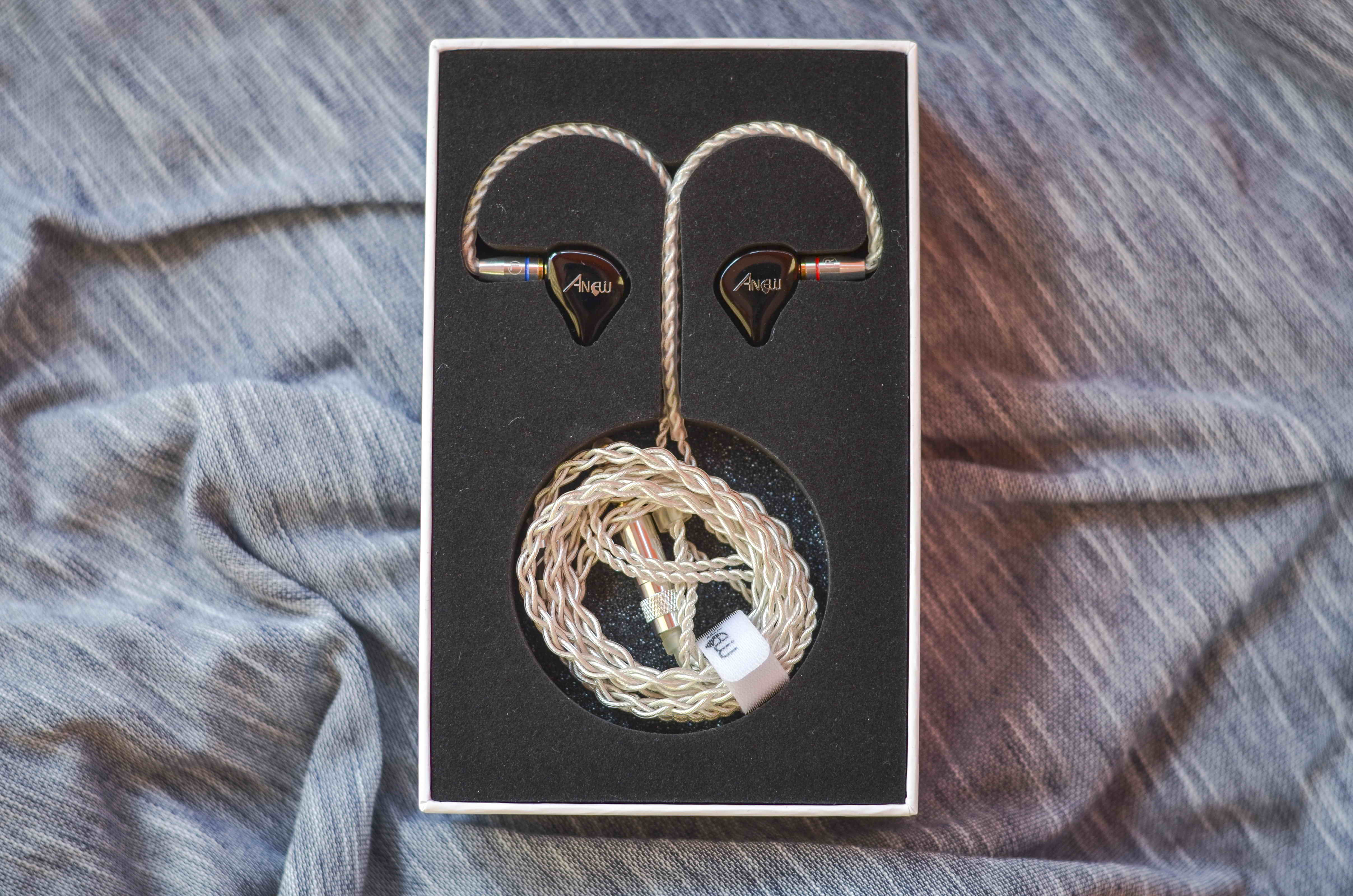
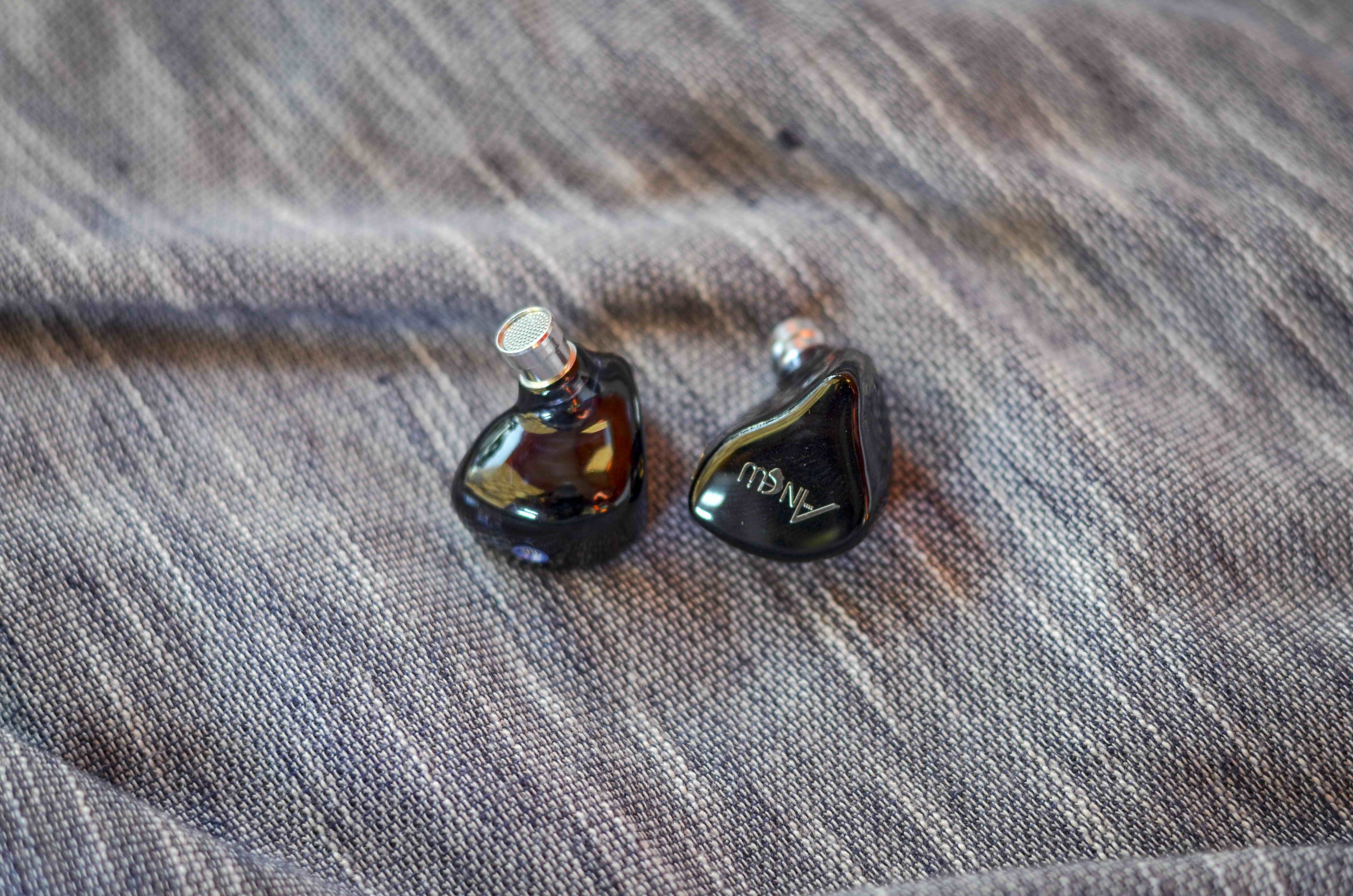
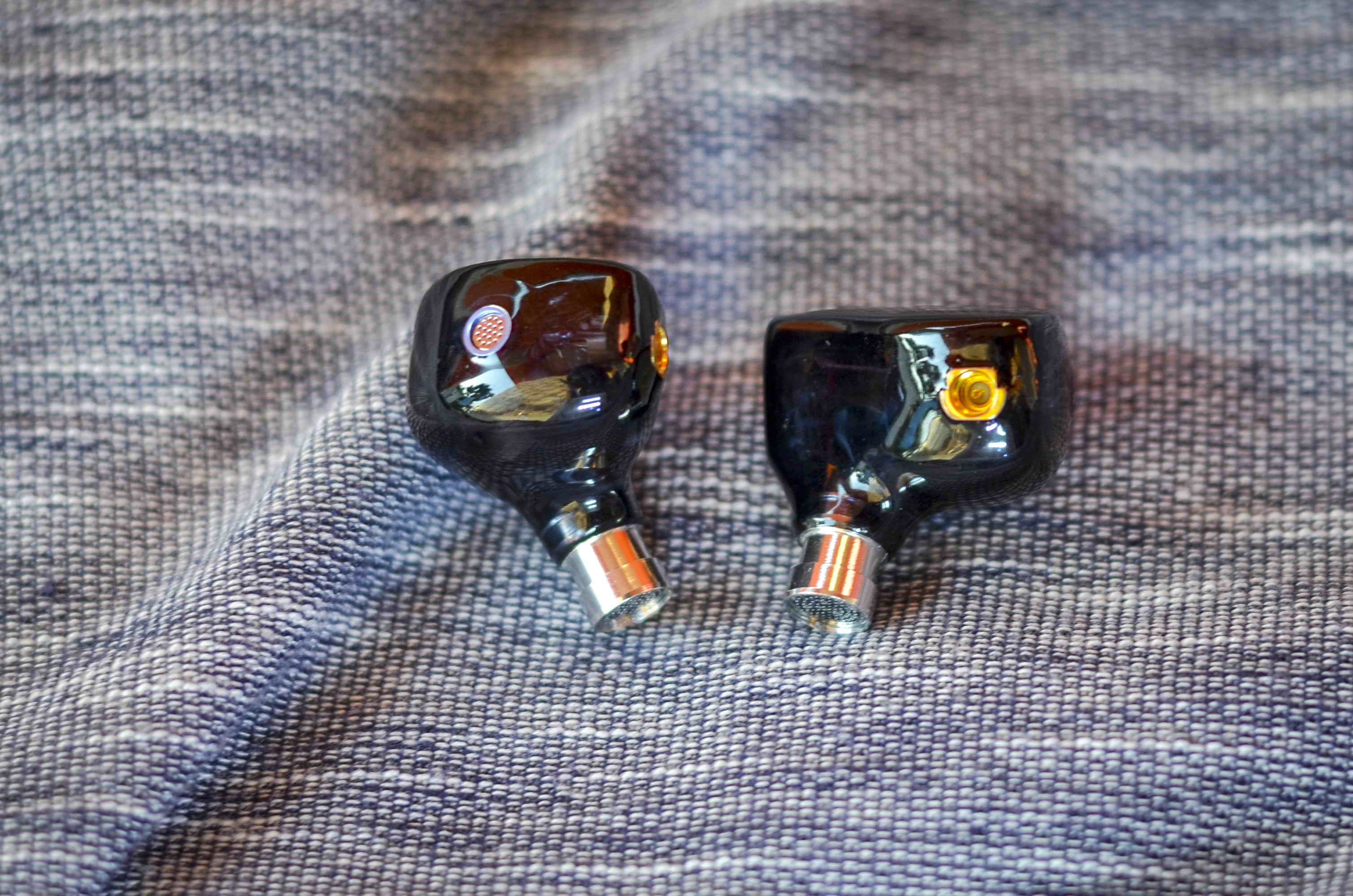

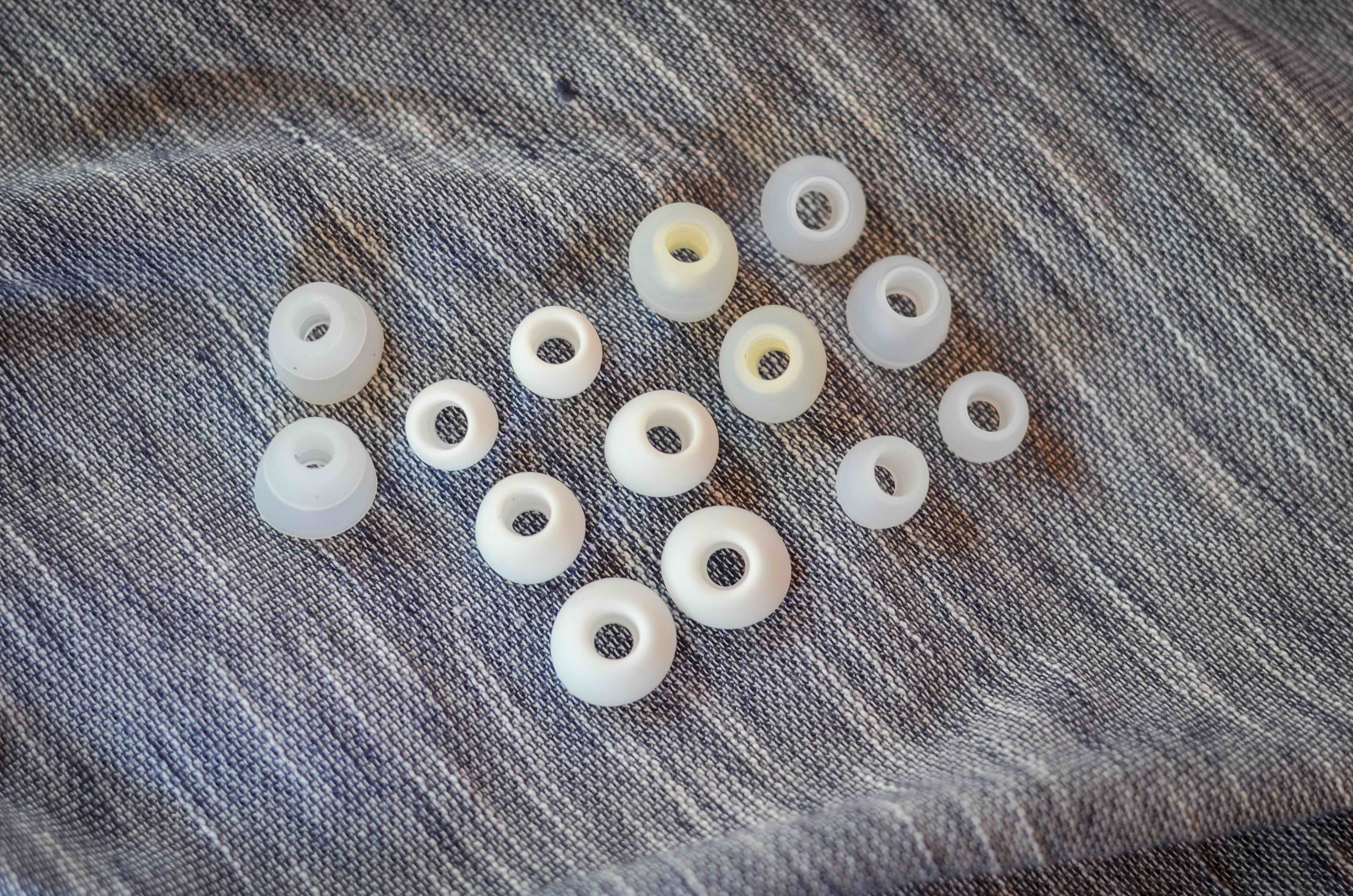
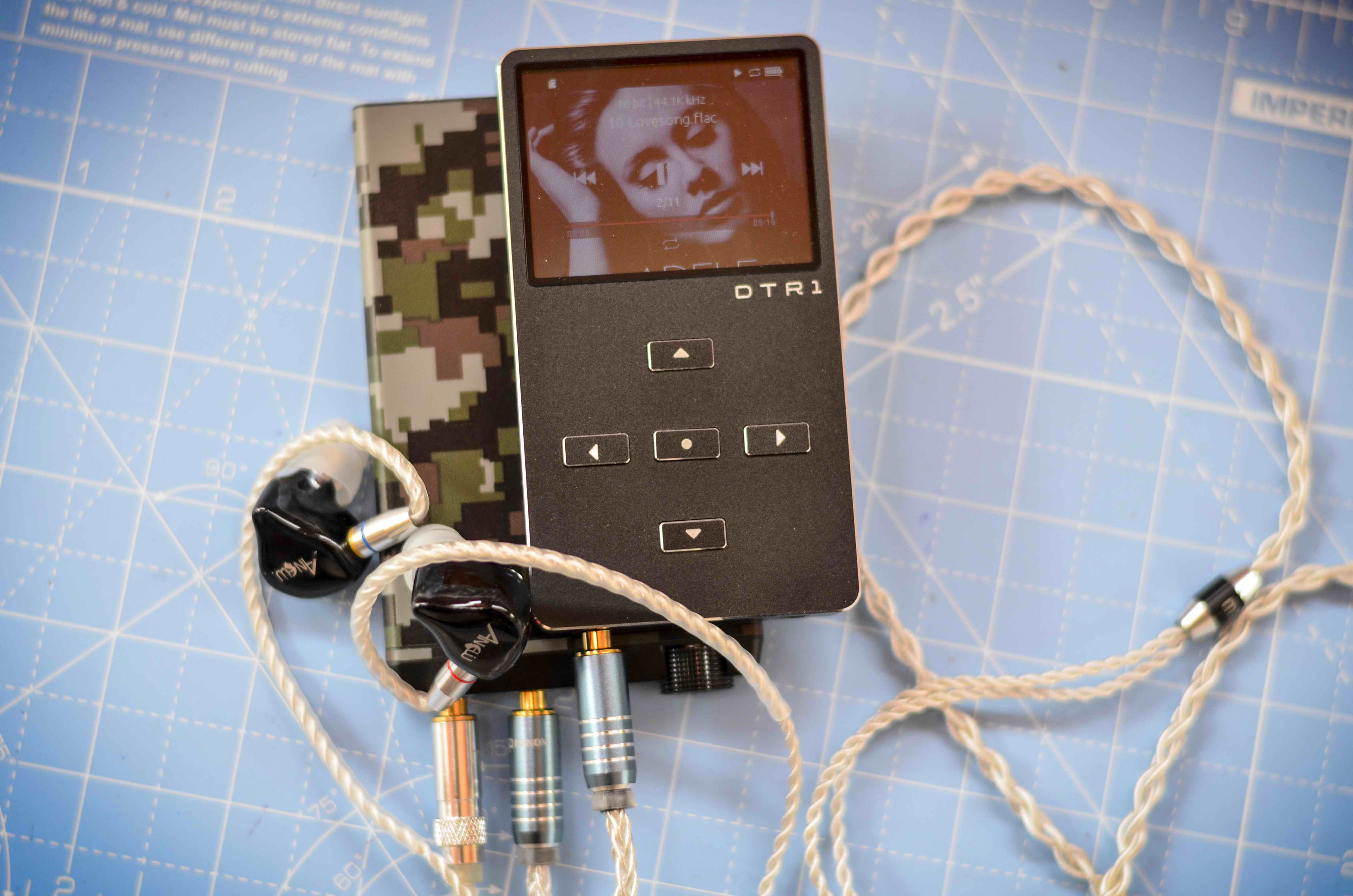
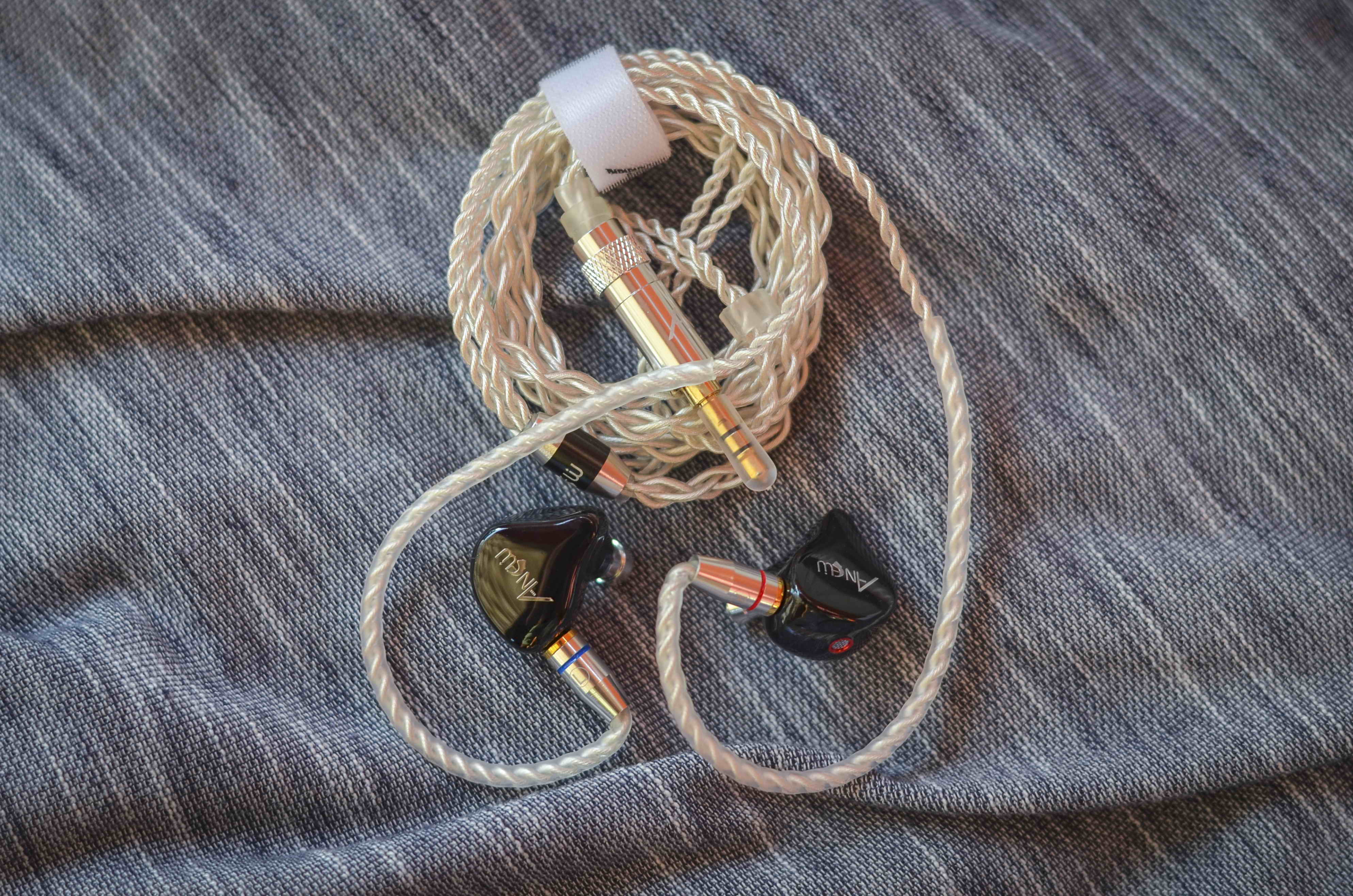
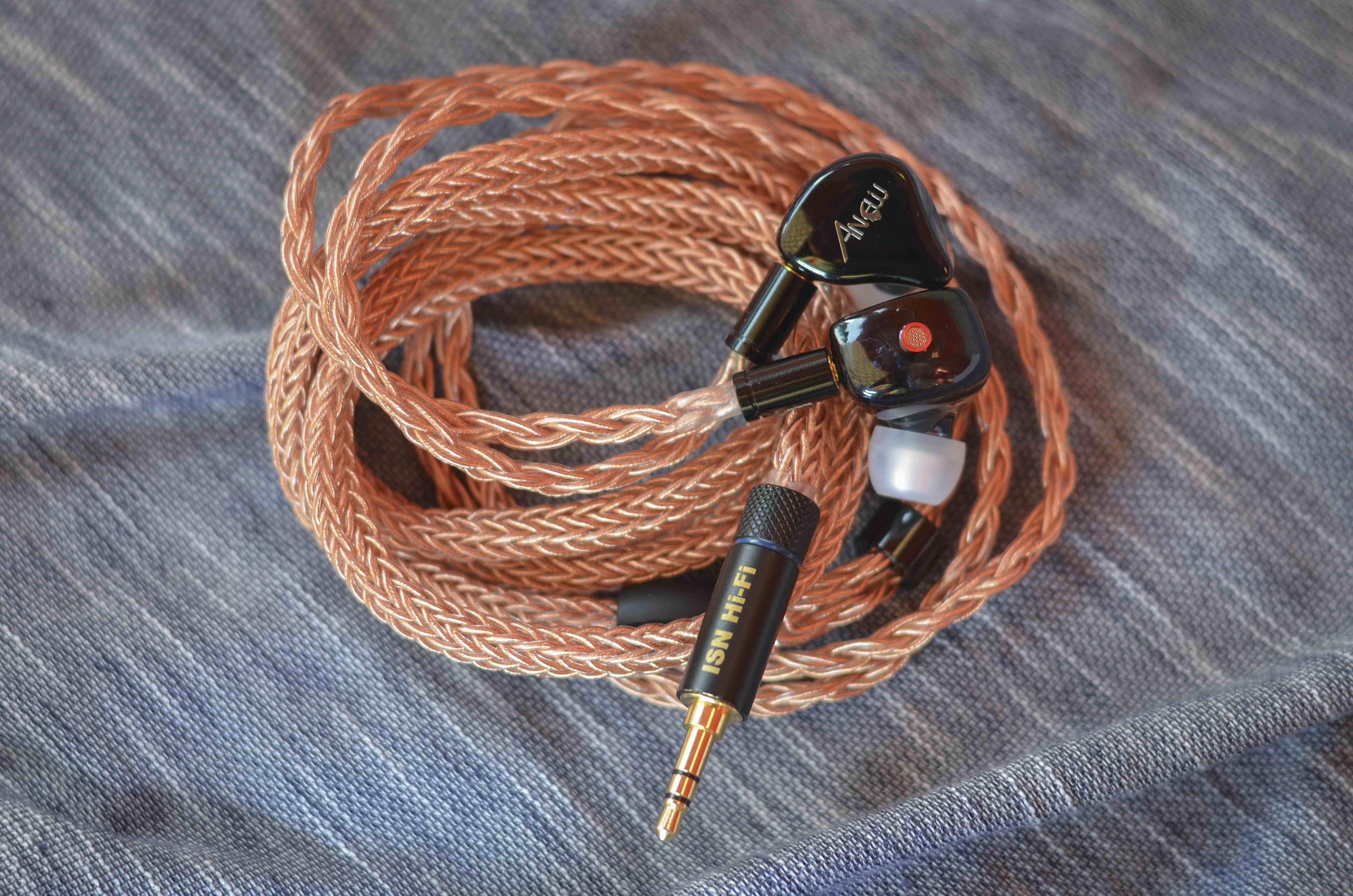
















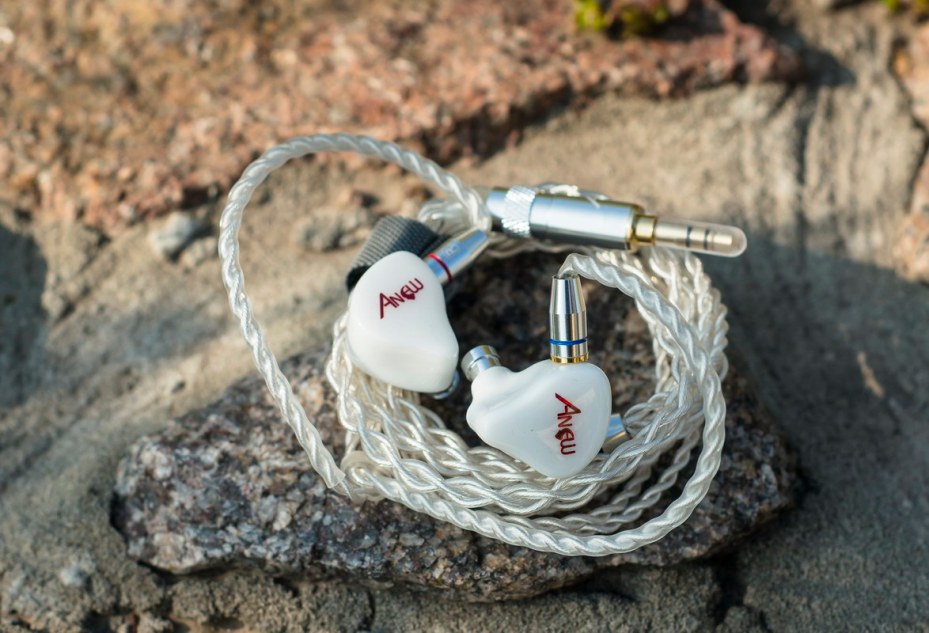

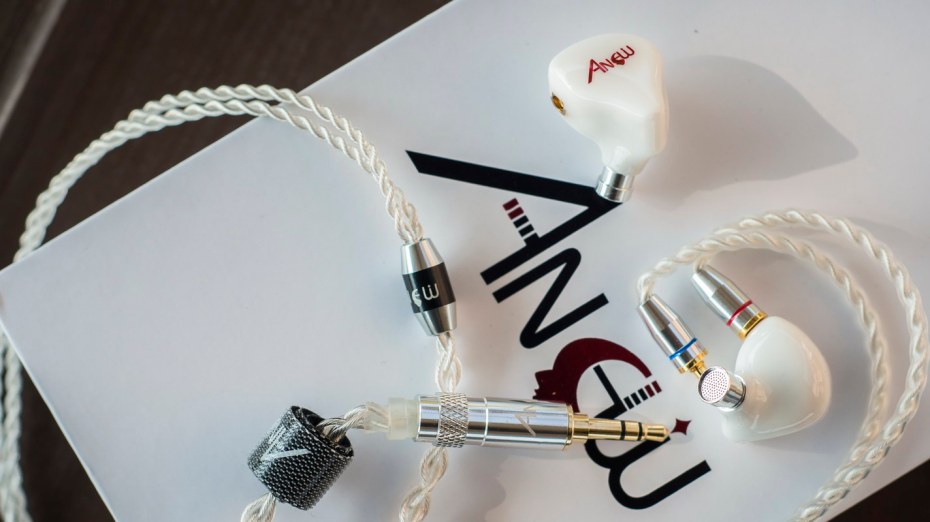


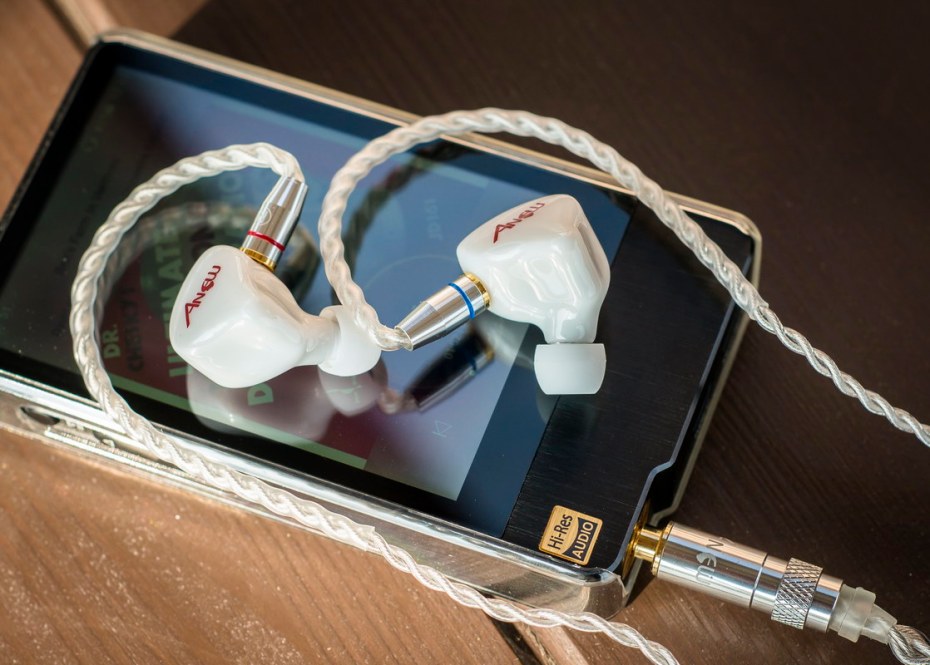


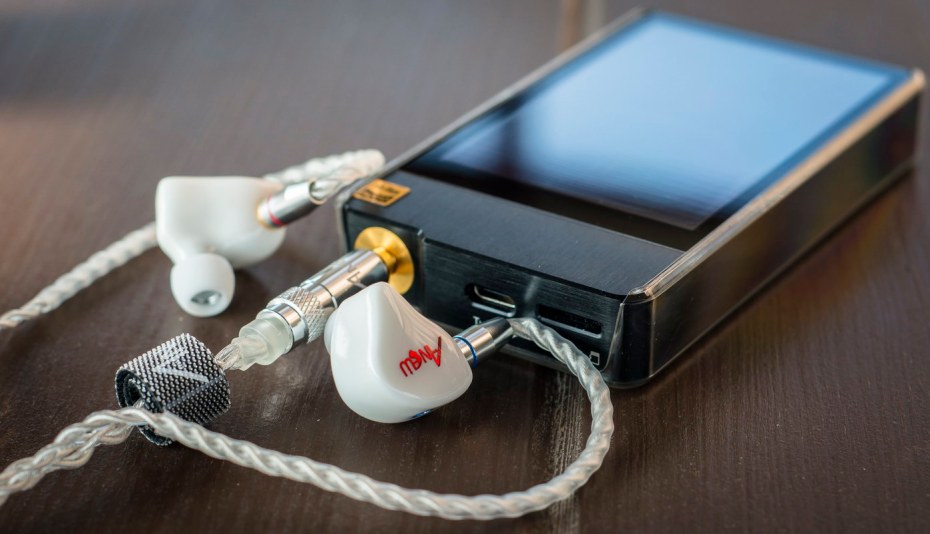



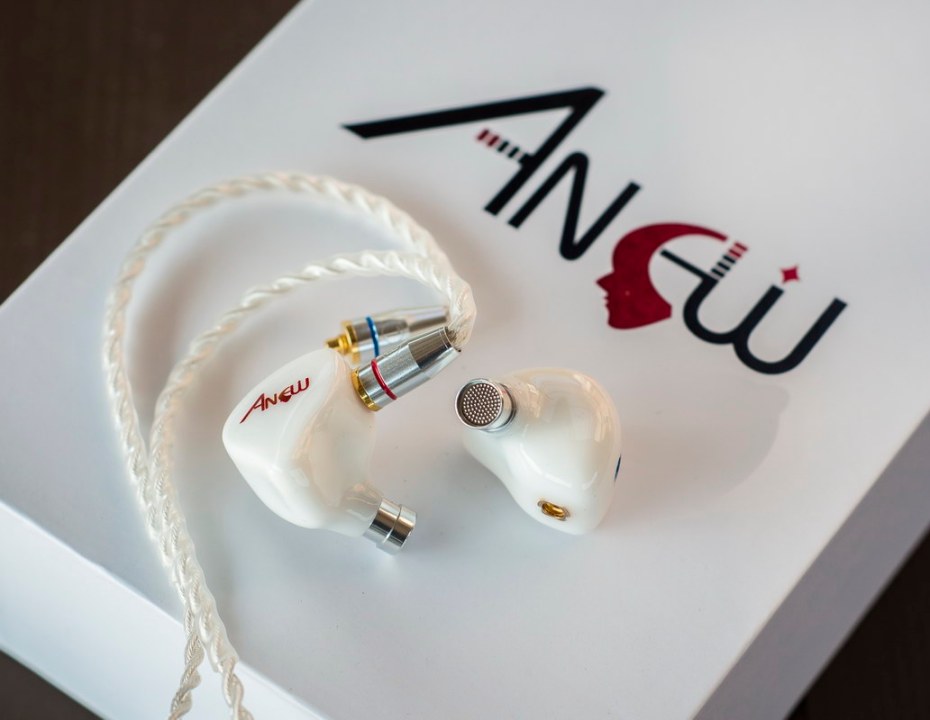















I like balanced sound with ample bass, sparkle at the high end. And wide Soundstage. Please do provide some help. Thanks in advance for your help.